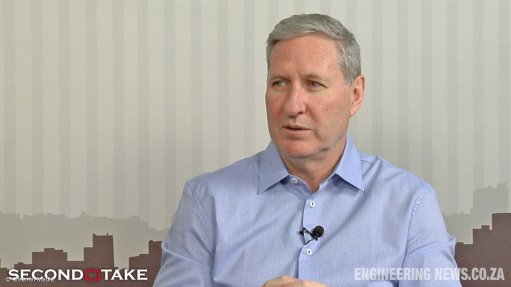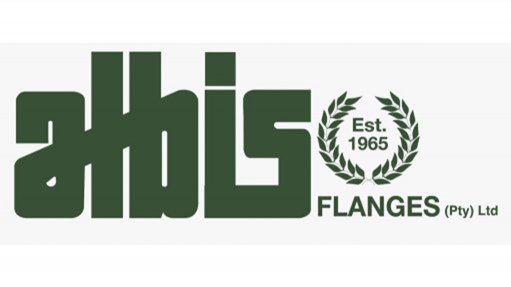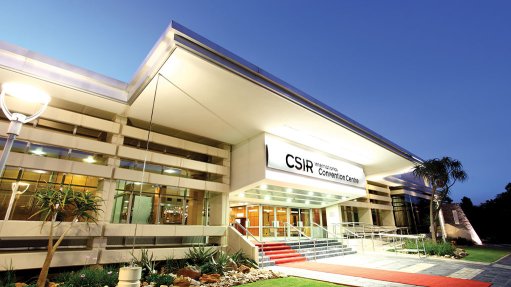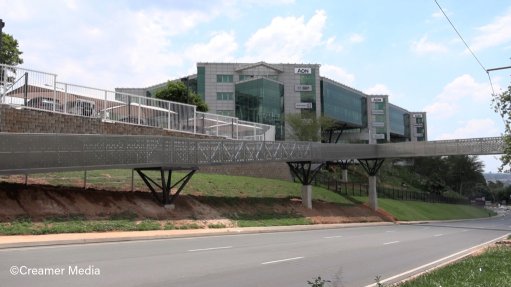Reinstatement and deductibles: what you need to know
This article has been supplied.
Reinstatement of the sum insured
Other than Public Liability policies, there are policies that refer to a sum insured versus a limit of indemnity. When it comes to a sum insured under a policy, the Insurer/Underwriter should have an Automatic Reinstatement clause included. This means that at any time when the sum insured is compromised by means of a claim for loss or damage, the sum insured must be reinstated to its original amount to place the Insured back in the same position as they were prior to the claim.
Reinstatement
As an example, under a Plant All Risks policy, in the event of a total loss, the Insurer/Underwriter would be entitled to retain the full balance of the (outstanding) annual premium (even if the policy is paid monthly). Where it involves a partial loss, the calculation works on the basis of a pro rata additional premium from the date of the loss to the expiry date of the policy. The amount of the claim payment is then reinstated to its original sum insured.
When it comes to a Contract All Risks policy, a similar principle applies. Depending on the severity or magnitude of the loss or damage, the reinstatement of the sum insured could be relatively low when one considers the level of rate applied to the Contract Works policy. It is for this reason that some policies have a minimum of (for example) R50,000 before the reinstatement clause is triggered. Therefore, all claims below this amount will not be affected but as such will still have the full benefit of the reinstated sum insured.
Deductibles
Very few policies are issued without a deductible (also known as the first amount payable or an excess). The reason for a deductible is to promote the Insured’s duty to practice due care but also to reduce the number of claims for small losses or incidents which can be an administrative burden.
Most deductibles are either a fixed amount or a percentage of the loss with a minimum amount payable by the Insured in the event of a loss.
Large organisations (the process of creating or initiating new insurance policies or contracts) looking to save on premiums may wish to participate in an insurance programme.
A popular deductible-type programme is aggregate deductible, which operates as follows:
Aggregate deductible
The aggregate deductible consists of the following elements:
- first amount payable (underlying deductible)
- aggregate deductible (the maximum annual amount the Insured will contribute to approved claims)
- maximum amount any one claim contributable to the aggregate deductible (stop loss).
Residual deductible (similar to underlying deductible)
The underlying deductible, also known as the inner deductible, is the first amount payable for each claim admitted in terms of the policy, normally expressed as a percentage of the claim with an agreed minimum.
The aggregate deductible is a cumulative amount for which the Insured will be responsible for all claims during the period of insurance after deduction of the underlying deductible.
The residual deductible (not necessarily equal to the underlying deductible) is the first amount payable following the aggregate deductible being depleted.
Notes:
1. The claim accrued against the aggregate deductible will be the net amount after deducting the underlying deductible and any salvage retained by the Insured and normally including the loss adjuster’s fees.
2.. Either the Insurer/the Insured or the Broker will be responsible for appointing the loss adjuster, and all loss adjuster’s fees will accrue to the aggregate deductible until such time as the aggregate deductible is depleted.
3. Windscreens and/or windscreen breakages can also accrue to the aggregate deductible, depending on what is agreed between the parties at the time of preparing the policy.
4. Third Party and Public Liability claims fall outside the scope of the aggregate deductible arrangement.
5. A ‘pre-approved’ loss adjuster can be arranged for all occurrences where claims incurred exceed a certain amount.
6. A full claims register is to be kept.
Consequential loss declarations and deductibles
Not only material damage policies are subject to declarations and deductibles.
Consequential loss policies, especially loss of profits/revenue/rental, will be subject to declarations.
The deductibles are normally time regulated and expressed in hours, days, or even weeks depending on the risk at hand.
Consort Technical Underwriting Managers (Pty) Ltd is an Authorised Financial Services Provider (FSP 2273) and underwritten by Lombard Insurance Company Limited (FSP 1596), an Insurer licensed to conduct non-life insurance business.
Article Enquiry
Email Article
Save Article
Feedback
To advertise email advertising@creamermedia.co.za or click here
Comments
Press Office
Announcements
What's On
Subscribe to improve your user experience...
Option 1 (equivalent of R125 a month):
Receive a weekly copy of Creamer Media's Engineering News & Mining Weekly magazine
(print copy for those in South Africa and e-magazine for those outside of South Africa)
Receive daily email newsletters
Access to full search results
Access archive of magazine back copies
Access to Projects in Progress
Access to ONE Research Report of your choice in PDF format
Option 2 (equivalent of R375 a month):
All benefits from Option 1
PLUS
Access to Creamer Media's Research Channel Africa for ALL Research Reports, in PDF format, on various industrial and mining sectors
including Electricity; Water; Energy Transition; Hydrogen; Roads, Rail and Ports; Coal; Gold; Platinum; Battery Metals; etc.
Already a subscriber?
Forgotten your password?
Receive weekly copy of Creamer Media's Engineering News & Mining Weekly magazine (print copy for those in South Africa and e-magazine for those outside of South Africa)
➕
Recieve daily email newsletters
➕
Access to full search results
➕
Access archive of magazine back copies
➕
Access to Projects in Progress
➕
Access to ONE Research Report of your choice in PDF format
RESEARCH CHANNEL AFRICA
R4500 (equivalent of R375 a month)
SUBSCRIBEAll benefits from Option 1
➕
Access to Creamer Media's Research Channel Africa for ALL Research Reports on various industrial and mining sectors, in PDF format, including on:
Electricity
➕
Water
➕
Energy Transition
➕
Hydrogen
➕
Roads, Rail and Ports
➕
Coal
➕
Gold
➕
Platinum
➕
Battery Metals
➕
etc.
Receive all benefits from Option 1 or Option 2 delivered to numerous people at your company
➕
Multiple User names and Passwords for simultaneous log-ins
➕
Intranet integration access to all in your organisation





















